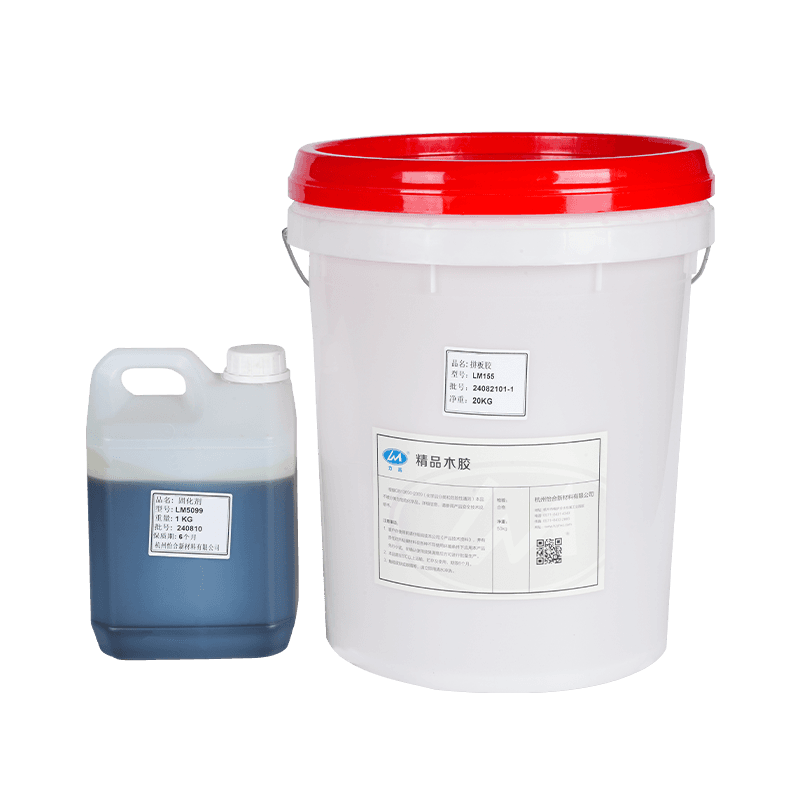Choosing the Right Adhesive for Wood Panel Joints
When it comes to woodworking, a strong, lasting joint is essential for both structural integrity and aesthetic appeal. The choice of adhesive is a critical factor in achieving this, and for wood panel joint adhesive, there's a wide variety of options available, each with its own strengths and ideal applications. Understanding the different types of wood joint glue is key to a successful project.
The Different Types of Wood Panel Joint Adhesives
The term wood panel joint adhesive encompasses a range of products, each formulated for specific conditions and wood types. Here are some of the most common types:
-
PVA (Polyvinyl Acetate) Glue: This is arguably the most common and versatile woodworking adhesive. Often referred to simply as "wood glue," it's easy to use, cleans up with water, and provides a strong bond for most interior projects. PVA glue cures by evaporation, so it's not ideal for joints that may be exposed to moisture.
-
Polyurethane Glue: Unlike PVA, polyurethane glue is waterproof and cures by reacting with moisture in the air or wood. This makes it an excellent choice for outdoor furniture, boats, or any application where the joints will be exposed to the elements. It expands as it cures, which can be useful for filling gaps, but also requires careful clamping to prevent the joint from being pushed apart.
-
Epoxy: For the strongest, most waterproof bond, epoxy wood adhesive is often the go-to. It's a two-part system—a resin and a hardener—that are mixed just before use. Epoxy is excellent for filling large gaps, bonding different materials (like wood and metal), and structural applications where maximum strength is required. It's also a great choice for repairing rotted wood.
-
Hide Glue: This traditional adhesive, made from animal collagen, comes in both liquid and granular forms. Liquid hide glue is great for furniture repair and restoration because it has a long open time and can be reversed with heat and moisture. Granular hide glue requires heating and mixing and is favored by luthiers and high-end furniture makers for its strong, reversible, and non-creeping bond.

Factors to Consider When Selecting an Adhesive
Choosing the right wood panel bonding adhesive isn't just about grabbing the first bottle you see. You need to consider several factors to ensure a successful outcome:
-
Project Location: Will the finished piece be indoors or outdoors? For outdoor projects, a waterproof glue like polyurethane or epoxy is essential. For indoor furniture, a good quality PVA glue is often sufficient.
-
Type of Joint: The type of joint you are making (e.g., butt joint, mortise and tenon, dovetail) can influence the adhesive choice. Joints with a large surface area for bonding are ideal for most adhesives. For loose-fitting or gappy joints, an adhesive with gap-filling properties, such as epoxy or polyurethane, is a better choice.
-
Clamping Time: How long do you have to clamp the joint? PVA glues typically require 30-60 minutes of clamp time, while epoxy can require several hours to fully cure.
-
Desired Strength: For most non-structural projects, a strong PVA glue will provide more than enough strength. For structural components or high-stress applications, epoxy or a high-strength polyurethane might be necessary.
-
Ease of Use and Cleanup: PVA glues are the easiest to work with, offering water cleanup. Epoxy and polyurethane require more care during application and cleanup.
Ultimately, the best adhesive for wood panel joints is the one that is carefully chosen to match the specific demands of your project. By considering the factors above, you can ensure that your work is not only beautiful but also built to last.